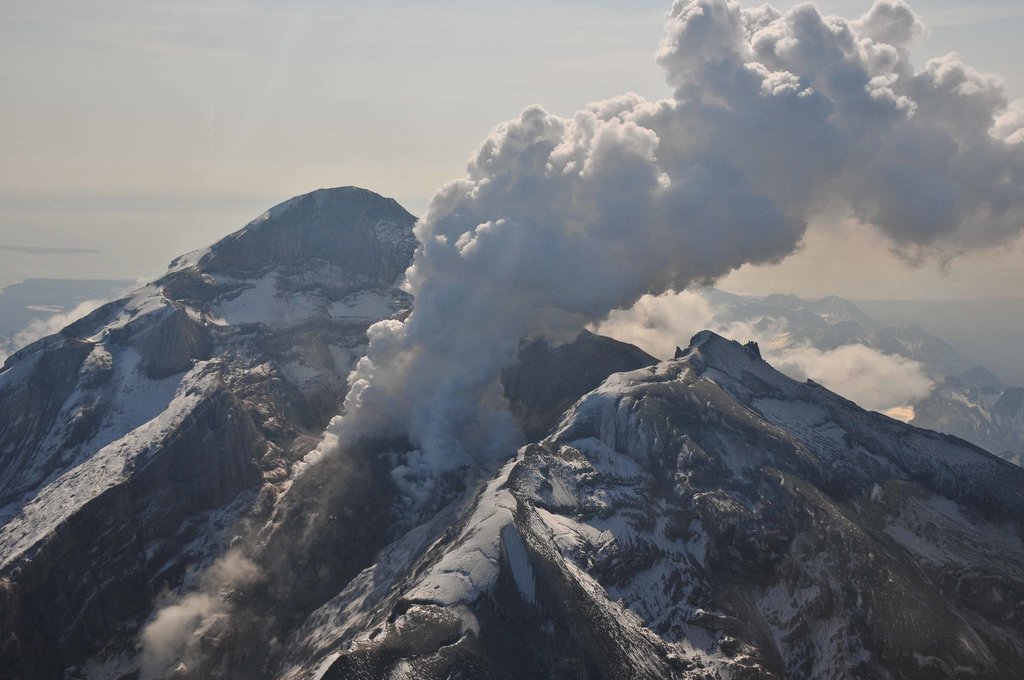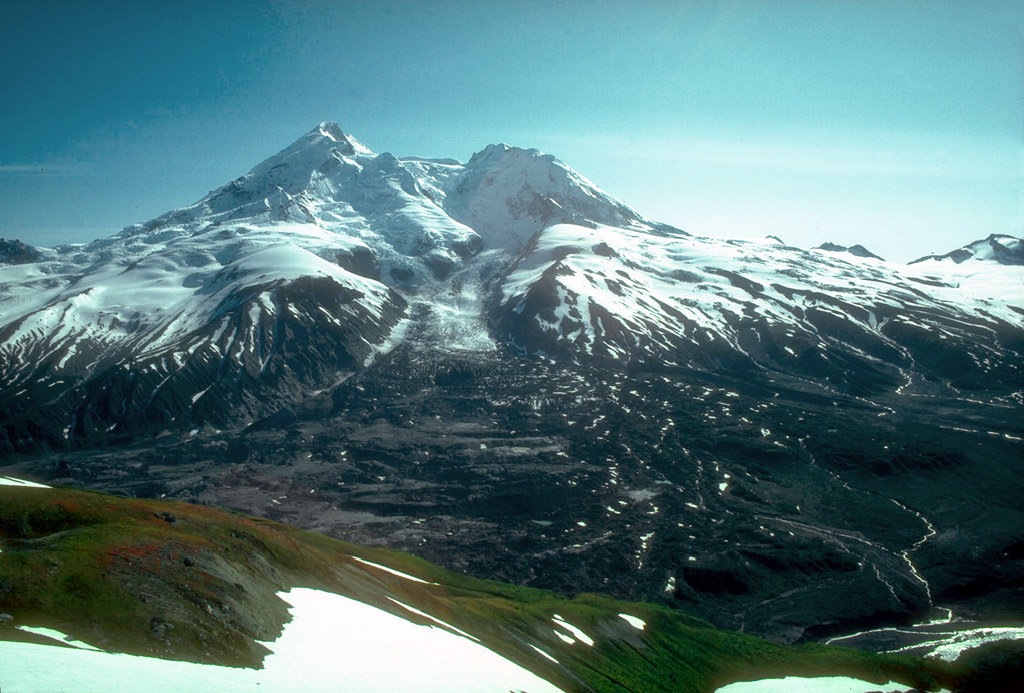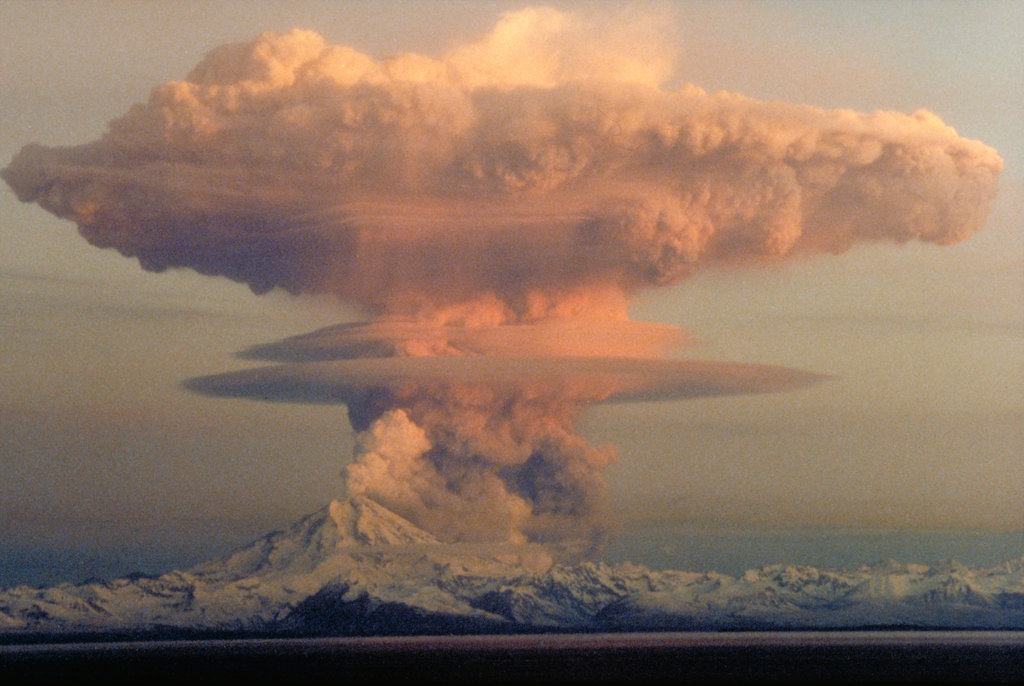Get PeakVisor App
Sign In
Search by GPS coordinates
- Latitude
- ° ' ''
- Longitude
- ° ' ''
- Units of Length

Yes
Cancel
Share ×

Scan the QR code and open PeakVisor on your phone
❤ Wishlist ×
Choose
Delete
Located in the southwestern portion of Alaska, Lake Clark National Park and Preserve is a vast swath of land encompassing some four million acres of wild terrain. There are 12 named mountains within the Lake Clark National Park and Preserve, the highest and most prominent of which is Mount Redoubt (10,197ft/3,108m).
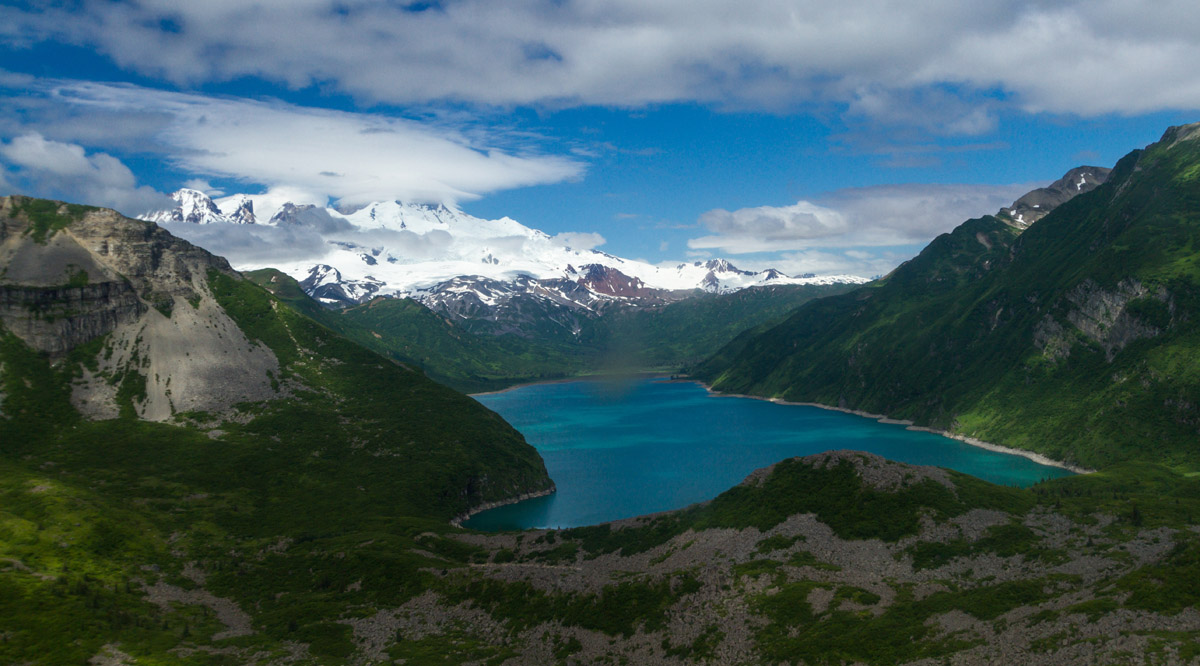
Lake Clark National Park and Preserve was first protected when it was established as a national monument in 1978 by Jimmy Carter when he invoked the Antiquities Act to establish 17 national monuments within the state of Alaska. However, there is clear evidence that people of the Paleo-Arctic Tradition lived int the region from 10,000 to 7,500 years before the present day.
Additionally, people of the Thule Tradition lived in the region for the last two thousand years, and the northern Athabaskan Dena’ina people currently live in the area, considering the land to be their ancestral home. Archeological evidence is abundant in the region, with a major archeological site at the village of Kijik being of particular significance to researchers and the Dena’ina people, alike.
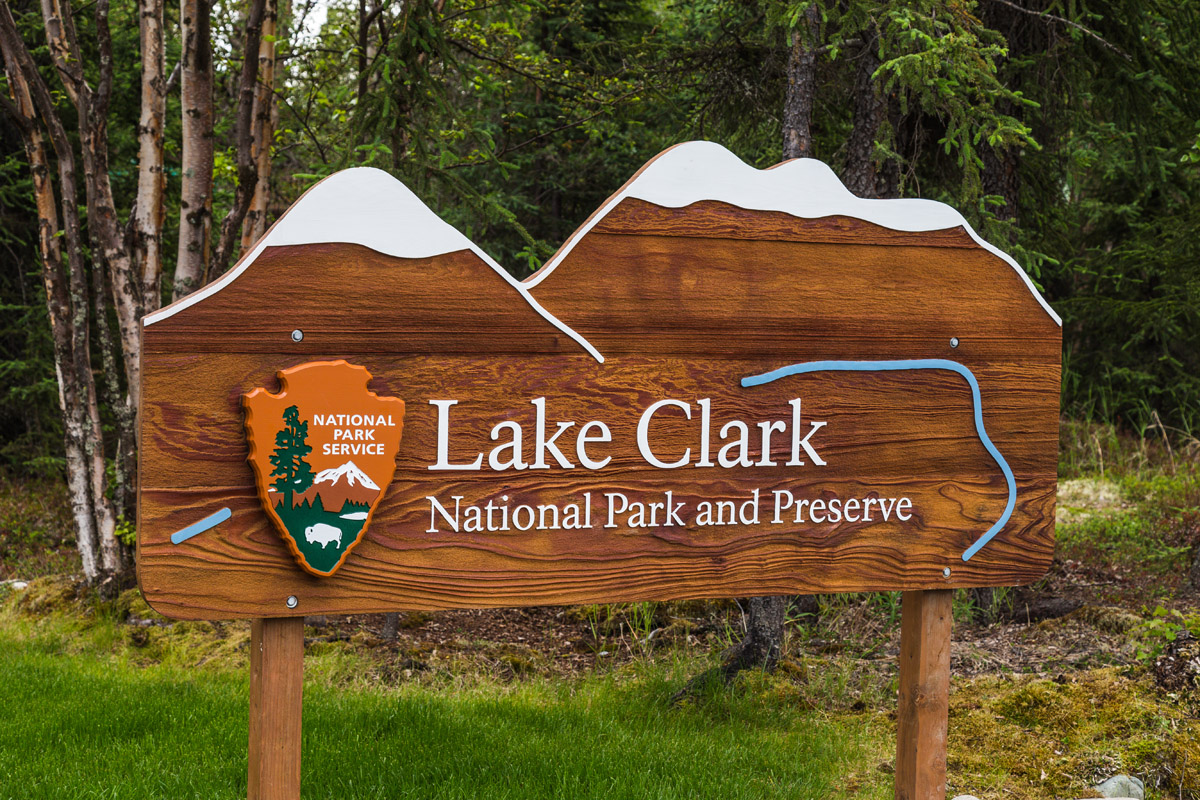
British Captain James Cook was the first European to arrive in the Cook Inlet area, having surveyed the region around Lake Clark National Park and Preserve in 1778. After his arrival, Russian traders came to region to establish commercial activities, especially in the area around Kijik. By the 1890s, American traders were active in the area and the local indigenous population was struggling, mostly due to imported diseases.
After the landing of the first floatplane on Lake Clark in 1930, the region became more connected with the more developed parts of Alaska, namely, Anchorage. However, despite this new advancement in technology, the people who live in the area around Lake Clark still experience a significant amount of solitude due to the region’s extensive and remote wilderness areas.
Soon after the area became Lake Clark National Monument, the passing of the Alaska National Interest Lands Conservation Act (ANILCA) in 1980 led to the transformation of the monument into the Lake Clark National Park and Preserve. The park itself is home to innumerable streams and lakes that are of vital importance to the Bristol Bay Salmon fishery.
Additionally, Lake Clark National Park and Preserve protects a large swath of temperate rainforest, as well as alpine tundra, glaciers, glacial lakes, and even two volcanoes. That being said, the park’s population of sockeye salmon is critical to the local ecosystems and economy as the Kvichak River is the world’s most productive sockeye salmon watershed.
These salmon attract a large population of brown bears to the area around spawning time, which has become a major tourist attraction. However, there are no roads that lead to the park, so all visitors must arrive via boat or floatplane. To this day, however, Lake Clark National Park and Preserve is still a vast and remote place, with two-thirds of its land designated as wilderness.
Visitors to the park are often in awe of the area’s abundance of wildlife and multitude of ecosystems, making Lake Clark National Park and Preserve an outdoor recreationist's paradise.
Lake Clark National Park and Preserve is remote, to say the least, so don’t expect an extensive network of maintained trails to guide you on your journey. However, if you’re willing to get off the beaten path, so to speak, there’s endless adventure to be found in Lake Clark National Park and Preserve. Here are some of the best trails:
The Tanalian Trails are the only maintained trail system in the entire park and preserve system. The trails start in Port Alsworth, the population center of the park, and the trailhead is located near the town’s southernmost airstrip. There are three main walks you can do on the Tanalian Trails:
These trails take you through meandering birch and spruce trees as you make your way up a hillside to a fantastic view of Lake Clark itself. As you crest the hill, you'll hear the roar of the Tanalian Falls as melted glacier water roars down a 30-foot cliff of hardened ancient lava. Past the falls, the trail will take you into the park’s wilderness area and toward the beautiful Kontrashibuna Lake.
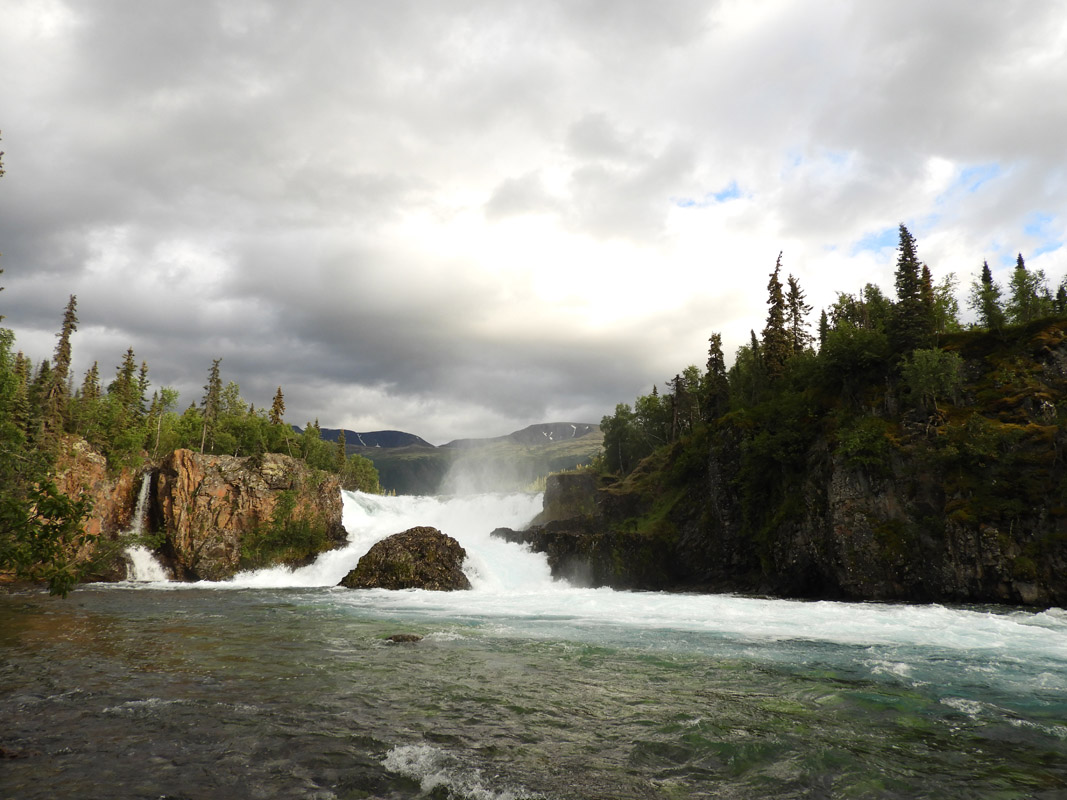
While not really a destination in and of itself, the Beaver Pond Trail is the perfect end to any of the other hikes in the Tanalian system as it allows you to make a loop back to the trailhead. Once you get on the Beaver Pond Trail, you’ll wander through a serene grove of birch trees and past an old beaver pond with plenty of bird watching opportunities before returning to town.
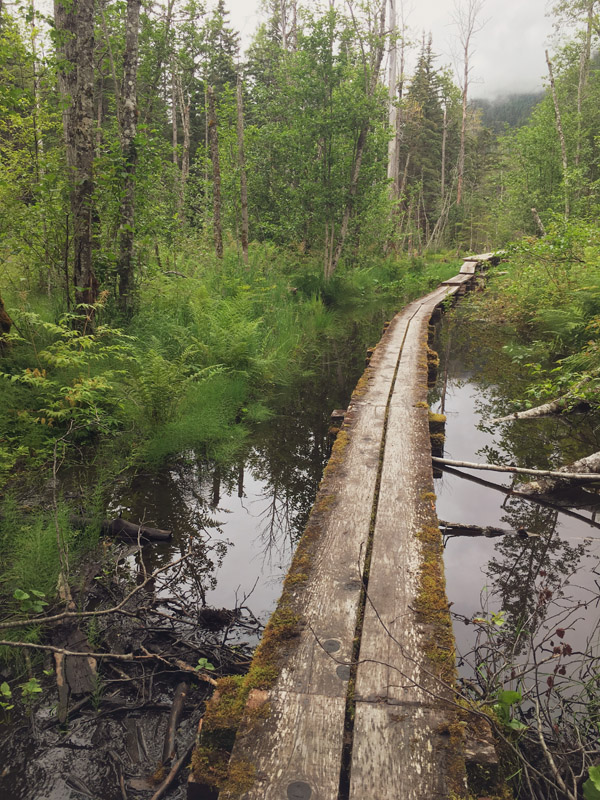
A nice hike with a summit experience, the trail up Tanalian Mountain is steep and difficult, but the panoramic views at the end are well worth the effort. Be sure to bring a snack to enjoy at the top!
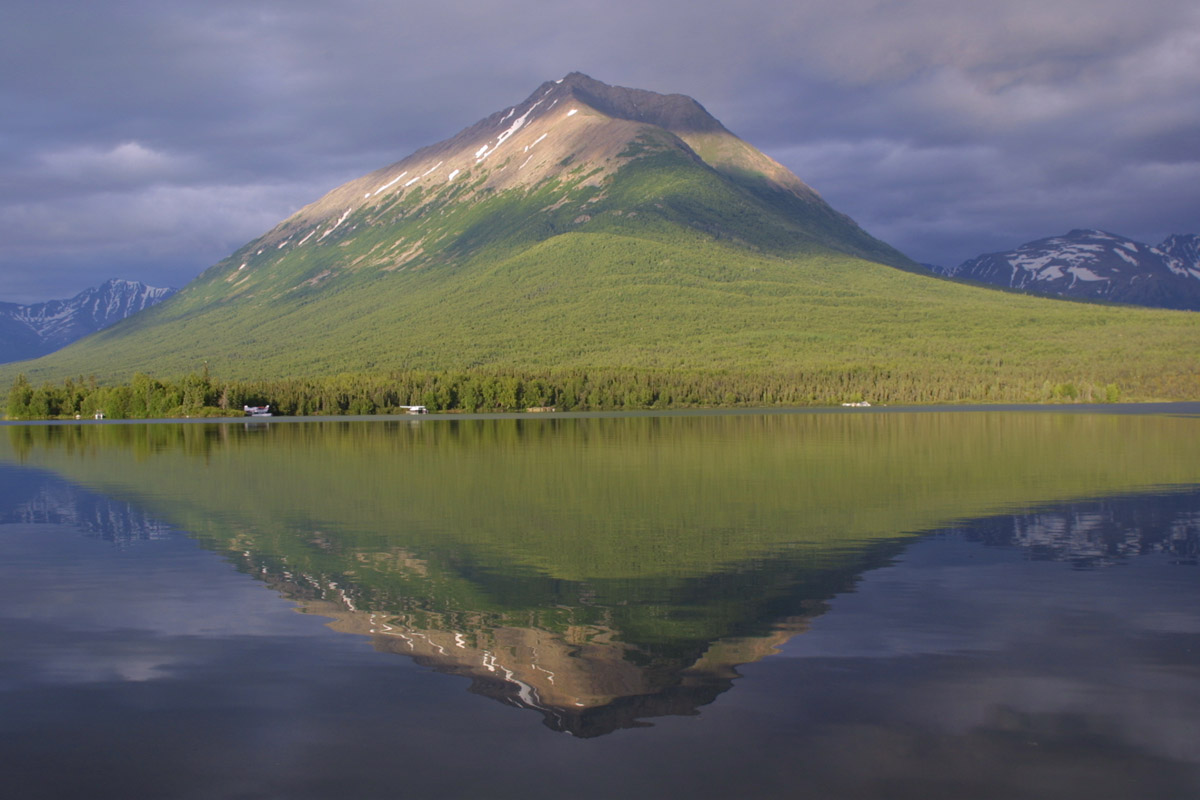
While there are no major cities anywhere near Lake Clark National Park and Preserve, there are a number of different lodging options within the park. It’s important to note, however, that unless you’re staying overnight at one of the established lodges (i.e. not camping), you’ll need to bring all of your own food for the duration of your stay as there are no grocery stores or other services for tourists.
Porth Alsworth is the largest settlement within Lake Clark National Park and Preserve, though the town is located on private land. Currently, the town is home to just about 150 people. There are two runways in the town that are owned by Lake Clark Air and Lake and Peninsula Airlines, so many people choose to fly into town to start their adventure, though you can also fly directly into the backcountry and camp from there.
Port Alsworth also has a number of different lodges that are available for overnight stays within the park. Additionally, the town contains one campground that is owned and operated by Tulchina Adventures.
If you’d rather fly directly into the backcountry, there are plenty of remote lodges within the park that are open to visitors, some of which will accommodate you, even in the winter. If you’re looking to stay in a lodge in Lake Clark, it’s best to talk with the lodge owners first as they may be able to help you arrange transportation directly to their site from Anchorage or another city in Southern Alaska.
Explore Lake Clark National Park and Preserve with the PeakVisor 3D Map and identify its summits.




